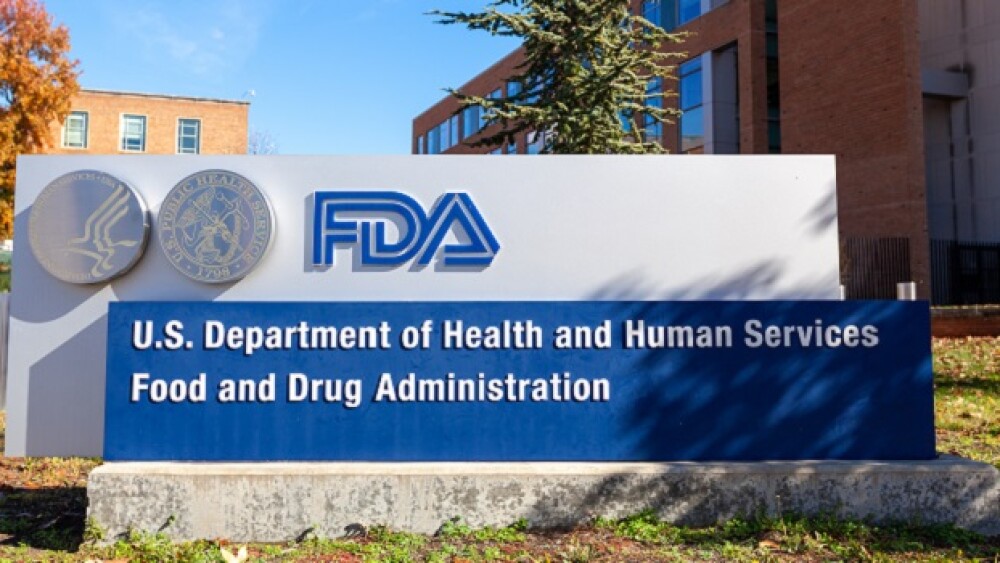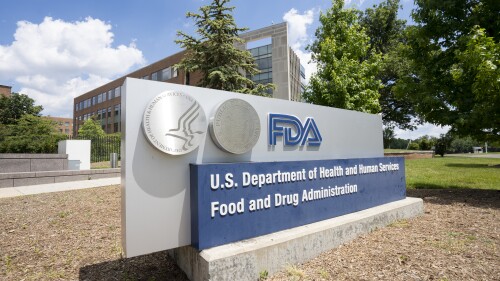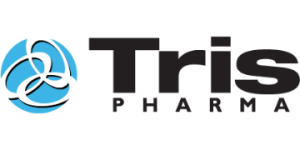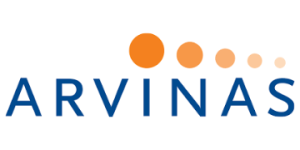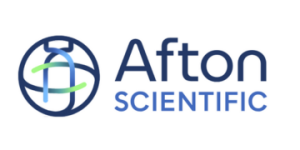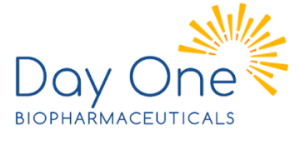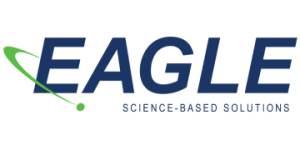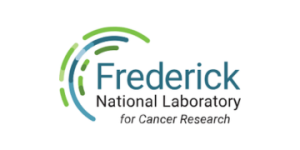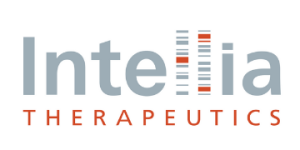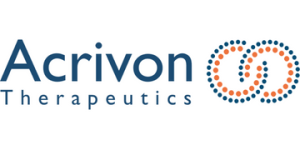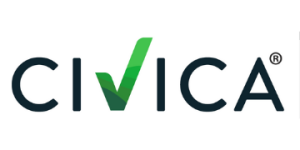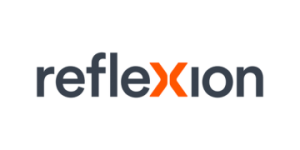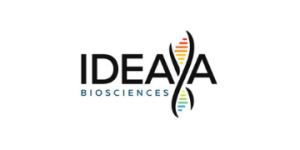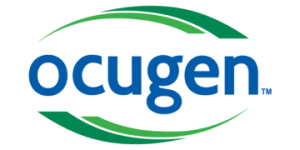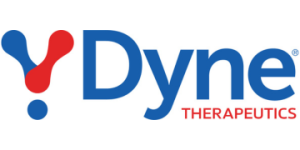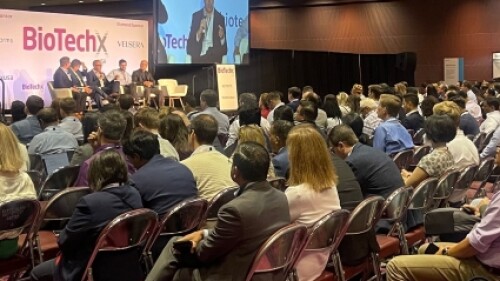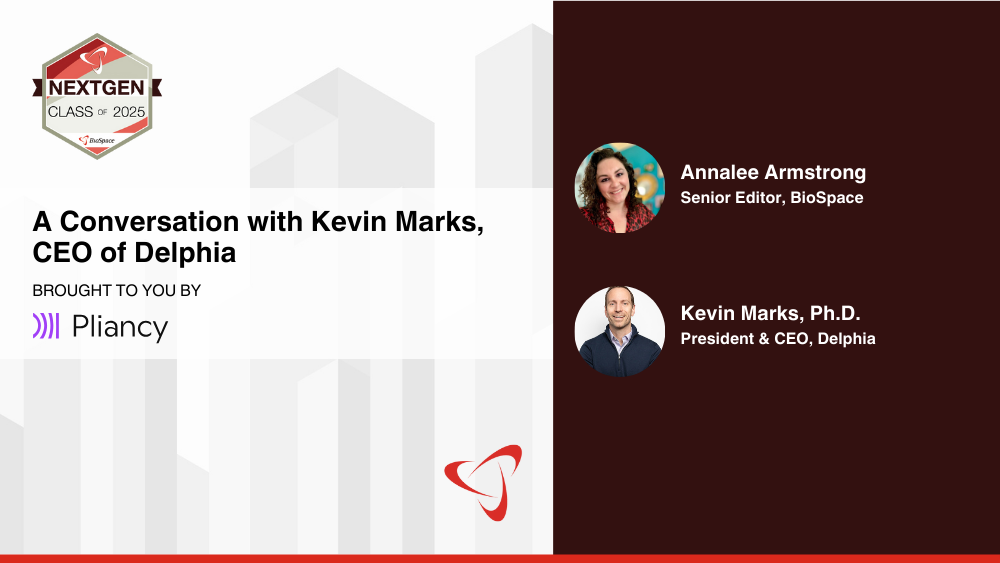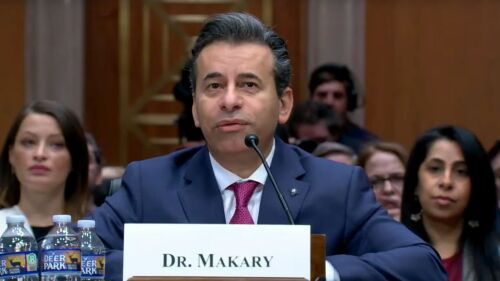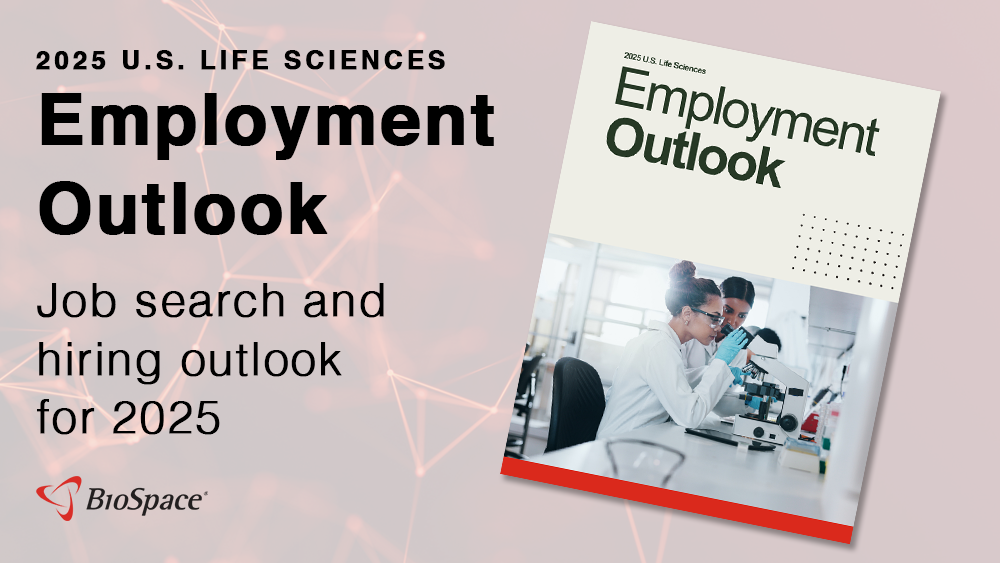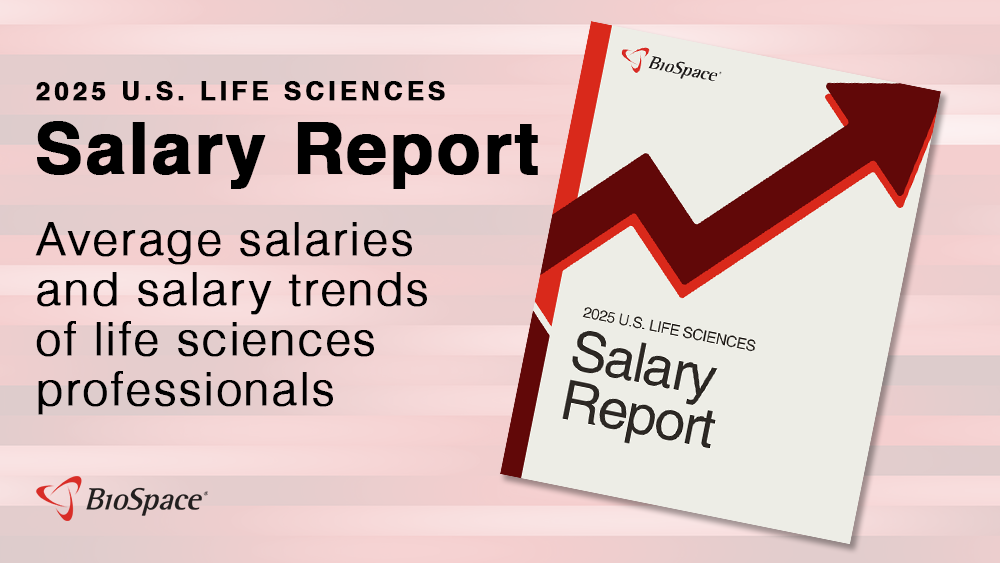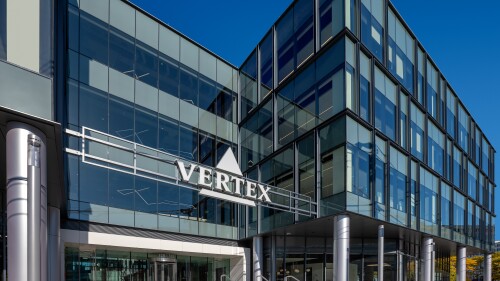In January, AbbVie and Calico’s fosigotifator failed to show significant signs of efficacy in the HEALEY ALS platform trial for amyotrophic lateral sclerosis.
Alixorexton’s Phase II performance sets it up for late-stage success, according to analysts at Truist Securities. Alkermes expects to launch a global late-stage program early next year for narcolepsy type 2.
The plausible mechanism pathway “could accelerate gene therapy/editing development,” analysts at William Blair said Thursday, while adding that additional clarity is needed.
The back-heavy deal includes a $5 million upfront payment for two novel T cell engagers, though the companies have yet to disclose priority indications.
Nearly two dozen life sciences companies that were awarded Massachusetts tax incentives to create and retain about 1,000 combined jobs hit just 13% of that target in 2024. Ten awardees had reported layoffs last year, including Charles River Laboratories and Moderna.
While most BioSpace LinkedIn poll respondents believe the job market won’t improve until at least 2027, two industry experts are optimistic a turnaround could start sooner. They discuss early signals of recovery and challenges that remain.
FEATURED STORIES
While the 10-fold increase in dose over injectable Wegovy has raised questions about the launch, Novo Nordisk has assured investors it has the manufacturing capacity to roll out oral semaglutide without restrictions on supply.
The HHS secretary recently canceled $500 million worth of BARDA contracts around mRNA vaccine research. But the U.S. government has already spent billions on this work, which has saved millions of lives.
President Donald Trump loves a deal, but Most Favored Nation drug pricing isn’t a good one for anyone.
Novo Nordisk has plummeted back to Earth after a stunning rise driven by Ozempic and Wegovy. Can the storied Danish pharma recover?
After a slow 2024, the biotech shell company Concentra Biosciences is back, offering to buy four biotechs in the past month and seven so far this year.
Sarepta’s troubles had nothing to do with Arrowhead’s assets, and yet both companies have seen their stock prices decline this past month. BioSpace caught up with Arrowhead’s Chris Anzalone to talk about the biotech’s role as an RNAi pipeline savior.
FROM BIOSPACE INSIGHTS
BioSpace surveyed life sciences employers to understand attitudes and current trends on AI usage in recruiting. This report explores the benefits of using AI tools in recruitment and provides practical recommendations for HR and talent acquisition professionals to leverage AI effectively. Concurrently, this report highlights the challenges and risks of using these tools without critical thought and intention.
LATEST PODCASTS
BioSpace remembers COVID-19 five years after the pandemic was declared, Novo Nordisk’s CagriSema again misses expectations as the company joins a lawsuit filed by drug compounders against the FDA, Viking secures ample supply of its investigational obesity medication, J&J strikes out in depression, and Makary and Bhattacharya near confirmation.
Pfizer reacts to Donald Trump’s tariff threats on big pharma, another regulatory meeting is canceled under RFK Jr., AbbVie and Eli Lilly strike mid-sized deals in obesity and molecular glues, priority review vouchers set to take a hit and immuno-oncology matures.
In the second podcast in a special series focused on BioSpace’s NextGen Class of 2025, Senior Editor Annalee Armstrong speaks with Kevin Marks, CEO of Delphia Therapeutics.
Job Trends
The board of directors of AbbVie Inc. (NYSE: ABBV) today declared a quarterly cash dividend of $1.55 per share.
Subscribe to GenePool
Subscribe to BioSpace’s flagship publication including top headlines, special editions and life sciences’ most important breaking news
SPECIAL EDITIONS
In this deep dive, BioSpace investigates China’s rise as a biotech powerhouse.
In this deep dive, BioSpace explores the next big thing in obesity.
BioSpace did a deep dive into biopharma female executives who navigated difficult markets to lead their companies to high-value exits.
DEALS
-
Announcing first-quarter results, Biogen CEO Chris Viehbacher admitted that tariffs are “a new topic for us,” but said he does not expect major impacts—at least for 2025.
-
Many companies have foreshadowed deals to come during earnings calls in recent days. The return of M&A would be a welcome sign for the biopharma ecosystem, which has been battered by macro headwinds such as tariffs and the possibility of new drug pricing pressures.
-
Policy uncertainties are impacting biopharma dealmaking from continent to continent, with companies being asked to walk a tightrope on their relations with China.
-
The deal is a blast from the not-too-distant past, when special purpose acquisition companies were an easy way for companies to list on the public market with a bundle of cash to operate on.
-
Roche’s Genentech is betting on the Flagship Pioneering–founded company’s discovery platform called DECODE to find new targets for an undisclosed autoimmune disorder.
WEIGHT LOSS
-
Sanofi and BMS paid big money for rare disease and cancer assets, while Regeneron got in the obesity game; AstraZeneca, Gilead and Amgen shone at ASCO; RFK Jr. and the CDC appeared to disagree over COVID-19 vaccine recommendations and several news outlets are questioning the validity of the White House’s Make America Healthy Again report.
-
Regeneron’s shares have declined nearly 17% following the failure of the company’s Dupixent follow-up itepekimab.
-
The overturning of the FDA’s lab-developed tests rule is just the tip of the iceberg. With the loss of Chevron deference, power has shifted from federal agencies to the courts, with potential implications for everything from the FDA shortage list to CMS drug price negotiations.
-
HHS Secretary RFK Jr. removes the COVID-19 vaccine recommendation for healthy kids and pregnant women—the latest in a string of changes to vaccine policies; judge issues an order to halt HHS’ reorganization and mass layoff plans; Rocket Pharmaceuticals’ pivotal Danon disease trial is on hold after a patient death; and President Trump has named Mehmet Oz to spearhead his Most Favored Nation drug pricing policy.
-
The CMS last month declined to include anti-obesity medications in its Medicare coverage for Part D, a move that Lilly says could interfere with patients getting the appropriate medical care.
POLICY
-
While FDA Commissioner Marty Makary emphasizes learning and humility, the FDA has systematically removed the very experience that would make change possible.
-
The decision follows last month’s vote of the CDC’s revamped vaccine advisory committee. Thimerosal, mostly removed from vaccines decades ago, has long been a target of anti-vaccine advocates for unfounded links to autism and adverse health outcomes.
-
Participants in trials of BrainStorm Cell Therapeutics’ NurOwn filed a Citizens’ Petition with the FDA earlier this month seeking a new review of the stem cell therapy that was rejected in 2022 based on real-world data and 90% survival in an expanded access program.
-
Thousands of employees across HHS were terminated Monday evening after the U.S. Supreme Court ruled last week that the Trump administration could move forward with its sweeping reorganization of the agency.
-
According to Makary, reducing user fees—which make up just under half of the FDA’s budget—could make it easier for smaller companies, individual investors and academics to participate in the process.
Here are 10 career paths to consider that don’t include bench work, along with role descriptions and links to jobs available now on BioSpace’s job board.
Here are the top biotech companies in California hiring now on BioSpace’s life sciences–focused job board.
To be self-employed in the life sciences, you must have a strong network and background and experience in a relevant area.
While MBAs can reflect positively on job applicants, work experience can often be more valuable, depending on the area.
If management isn’t your strength, there are several upper-level positions that don’t require you to manage others. Here are five high-paying life science jobs that don’t include management.
Ageism, or discrimination against an individual based on their age, is a common barrier many older individuals face in the workplace. Fortunately, there are steps that can be taken to mitigate this discrimination.
HOTBEDS
REPORTS
In this Employment Outlook report, BioSpace explores current workforce sentiment, job activity trends and the prospective job and hiring outlook for 2025, particularly as it compares to the previous year.
BioSpace’s third report on diversity, equity, inclusion and belonging in life sciences examines dramatic shifts in attitude around diversity initiatives.
CANCER
-
Analysts at Truist Securities called the mid-stage data a “mixed bag,” also flagging gastrointestinal adverse events. However, the readout is unlikely to be “incremental” to Corcept’s overall stock narrative.
-
Kura Oncology won FDA priority review for its drug the day before announcing new data at ASCO 2025 showing remission in about one-quarter of patients.
-
The cancer conference overwhelms the senses and shows off the might of the pharmaceutical industry.
-
Analysts said the data suggest “a strong treatment effect.” Jazz has filed for FDA approval for the combination, which could offer an alternative to monotherapy treatments from Roche and AstraZeneca.
-
Bristol Myers Squibb is dropping at least $3.5 billion to jointly develop the bispecific antibody, which will race with Summit Therapeutics, Merck and Pfizer in the crowded PD-1/PD-L1xVEGF space.
NEUROSCIENCE
-
After a major shareholder pushed back, Keros is returning half of its capital to investors in a move that Guggenheim analysts called “a positive step forward.”
-
Analysts reacted positively to the news that uniQure is in alignment with the FDA on an accelerated approval pathway and on target for a Q1 2026 submission for its one-time gene therapy for Huntington’s disease—but patients have been here before.
-
Disappointing results for iluzanebart come shortly after Vigil Neuroscience struck a buy-out deal with Sanofi, but analysts say the outcome is unsurprising and shouldn’t affect the deal.
-
Nearly two years in with Zurzuvae, Biogen tackles an ‘all of the above market’ to find patients and battle stigma in postpartum depression.
-
In addition to a $140 million series D, GRIN Therapeutics has signed a global licensing deal for the epilepsy disorder drug radiprodil worth $50 million upfront.
CELL AND GENE THERAPY
-
The cell engineering company, co-founded by oncologist and writer Siddhartha Mukherjee, does not see a path forward for its pipeline of early-stage cell therapies for two different types of cancer.
-
CRISPR Therapeutics’ partner Vertex reported that more than 65 treatment centers have been activated for the gene therapy Casgevy. While Vertex handles the market, CRISPR has been focused on its clinical program.
-
A new executive order aims to smooth the path for getting U.S. manufacturing facilities up and running; HHS says it will require placebo-controlled trials for all vaccine approvals; tariff threats hit BioNTech; Novo Nordisk’s FDA application for an oral version of Wegovy is accepted; and more.
-
The cell and gene therapy space in recent months has hit several speedbumps, including layoffs, dropped drugs and discontinued partnerships.
-
As Q1 2025 earnings season continues, tariffs remain top of mind for pharma CEOs and investors. Meanwhile, the American Association for Cancer Research’s annual event kicks off this year’s oncology conference season. Plus, will the FDA become politicized under HHS Secretary RFK Jr.?

